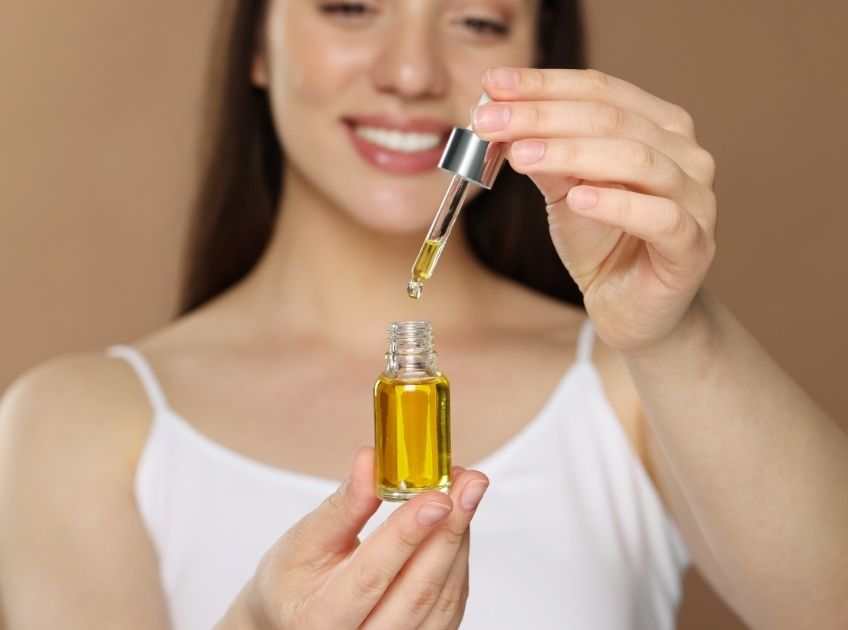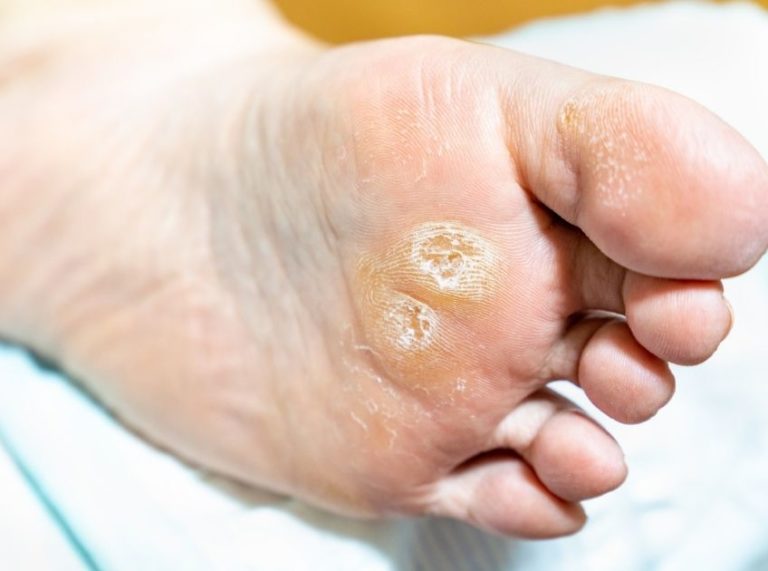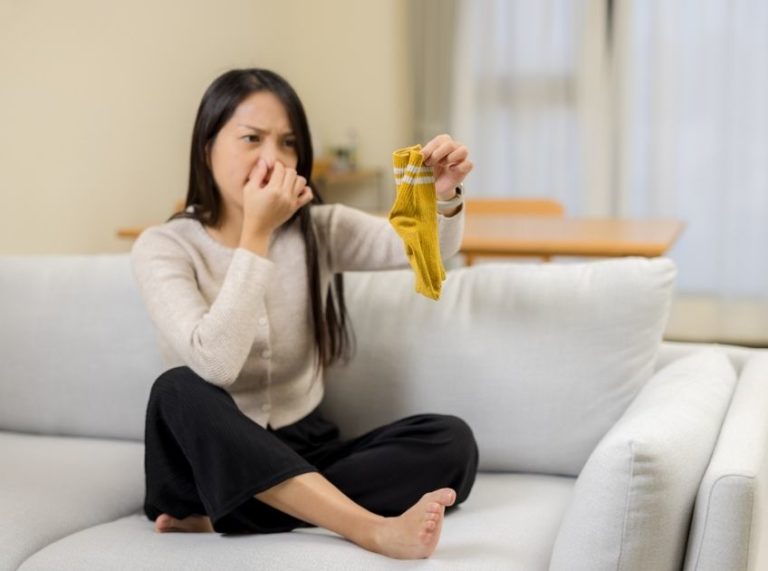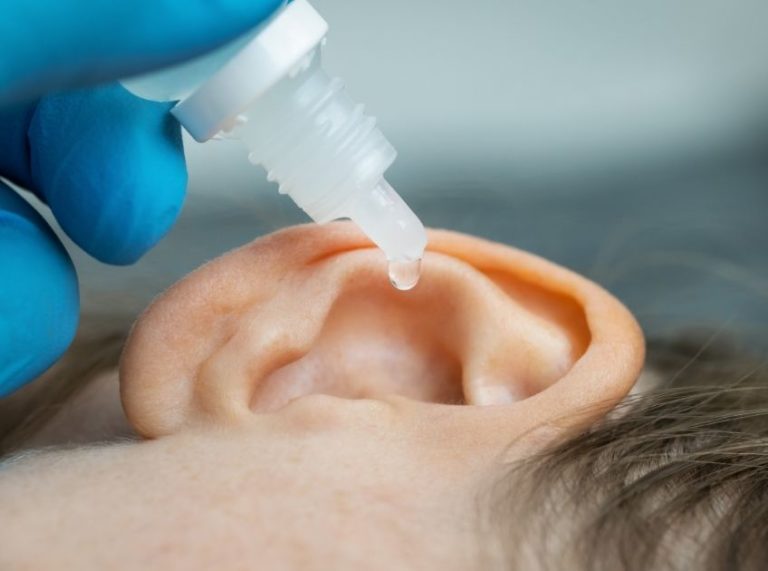
Important: This article is for informational purposes only. Please read our full disclaimer for more details.
Fungal infections are among the most common skin issues worldwide, ranging from athlete’s foot and nail fungus to ringworm and yeast infections. While conventional antifungal creams can help, many people are now turning to essential oils as a natural, science-backed alternative.
Antifungal essential oils harness the power of plant compounds to inhibit fungal growth, reduce inflammation, and support skin healing—all without harsh chemicals. This article dives deep into the best antifungal essential oils, their types, benefits, usage methods, and what science says about their effectiveness.
Top Antifungal Essential Oils
Here are some of the most effective essential oils known for their antifungal and antimicrobial properties:
1. Tea Tree Essential Oil
Often called a “natural antibiotic,” tea tree oil is packed with terpinen-4-ol, which disrupts fungal cell membranes and prevents growth. Studies published in the Journal of Antimicrobial Chemotherapy have confirmed its effectiveness against Candida albicans and Trichophyton rubrum, both common causes of skin infections (1).
2. Oregano Essential Oil
Oregano oil contains carvacrol and thymol, potent antifungal compounds that can penetrate fungal biofilms—protective layers that make fungi hard to eliminate. Research in Frontiers in Microbiology shows oregano oil’s ability to kill several pathogenic fungi, including drug-resistant strains (2).
3. Lavender Essential Oil
Lavender oil doesn’t just smell divine—it’s also a mild yet effective antifungal. Its soothing and anti-inflammatory properties make it ideal for sensitive skin prone to irritation or redness caused by fungal infections.
4. Eucalyptus Essential Oil
Eucalyptus oil is known for its antimicrobial and anti-inflammatory properties. It’s particularly helpful for fungal infections that thrive in warm, moist environments like the feet or groin area.
5. Clove Essential Oil
Clove oil’s main compound, eugenol, acts as both an antifungal and a pain reliever. It works by damaging fungal cell walls, effectively stopping the spread of infection.
6. Lemongrass Essential Oil
Lemongrass oil helps control fungal growth while also reducing unpleasant odors. Its refreshing scent and citral content make it a great option for foot or nail fungus treatments.
7. Thyme Essential Oil
Thyme oil contains thymol, a compound proven to inhibit fungal growth. It’s particularly useful for stubborn infections like toenail fungus or athlete’s foot.
Healing Naturally: Key Benefits of Antifungal Essential Oils
Using antifungal essential oils offers multiple benefits beyond just fighting infections:
- Natural and Chemical-Free: Essential oils provide an alternative to synthetic antifungal creams that may irritate sensitive skin.
- Multi-Action Formula: Many antifungal oils also possess antibacterial, antiviral, and anti-inflammatory properties, offering broad-spectrum skin protection.
- Supports Skin Healing: Oils like lavender and frankincense promote regeneration of damaged tissue and soothe irritation.
- Cost-Effective and Versatile: A few drops can be used in creams, foot soaks, or diffusers for multiple purposes.
Scientific research continues to validate these benefits. A 2020 study in Molecules reported that essential oils like tea tree, oregano, and thyme showed strong antifungal activity—comparable to pharmaceutical antifungal agents—without the risk of drug resistance (3)(4).
How to Use Antifungal Essential Oils Safely and Effectively
Essential oils are highly concentrated, so they must be used carefully. Here are safe and effective ways to apply them:
1. Topical Application (for Skin Infections)
- Mix 2–3 drops of essential oil with 1 teaspoon of a carrier oil (like coconut, jojoba, or almond oil).
- Apply to the affected area twice daily using a clean cotton swab.
- Continue for at least 1–2 weeks after symptoms disappear to prevent recurrence.
2. Foot Soak (for Athlete’s Foot or Toenail Fungus)
- Add 5–6 drops of tea tree or oregano oil to a basin of warm water.
- Soak your feet for 15–20 minutes daily.
- Pat dry thoroughly afterward.
3. DIY Antifungal Spray
- Combine 10 drops of tea tree oil, 5 drops of lavender oil, and 5 drops of clove oil in 1 cup of distilled water.
- Shake well and spray on shoes, feet, or other affected areas to prevent fungal growth.
4. Nail Treatment
- Apply diluted oregano or tea tree oil directly to affected nails using a cotton ball.
- Repeat twice daily until visible improvement.
Caution First: Side Effects and Safety Tips
While natural, essential oils are potent and should always be used with care.
- Always Dilute: Applying undiluted essential oils directly to skin can cause irritation, redness, or burns.
- Patch Test First: Test a small area on your arm before applying it widely.
- Avoid Sensitive Areas: Do not use essential oils near the eyes, inside the nose, or on mucous membranes.
- Pregnancy and Children: Some oils (like oregano or thyme) should be avoided during pregnancy or used under medical supervision.
- Allergic Reactions: If you experience itching, rash, or swelling, discontinue use immediately.
What Science Says: Evidence Behind Antifungal Essential Oils
Recent studies have shed light on how essential oils combat fungal infections:
- A 2018 study in Frontiers in Pharmacology found that tea tree and oregano oils were effective against multiple Candida species, suggesting their use in topical formulations (5).
- Another 2020 review in Molecules confirmed that essential oils rich in phenolic compounds (like thymol, eugenol, and carvacrol) showed strong antifungal properties due to their ability to disrupt fungal cell membranes (6).
- A 2021 study in the Journal of Fungi demonstrated that a blend of lavender and clove oils exhibited synergistic effects against resistant fungal strains, highlighting the power of combination therapy (7).
- These findings add scientific weight to what aromatherapy practitioners have known for centuries: plant-based oils can effectively protect and heal the skin.
Frequently Asked Questions (FAQ’S)
1. Can I use essential oils directly on a fungal infection?
A. No. Essential oils must always be diluted with a carrier oil to prevent irritation. A general rule is 2–3 drops of essential oil per teaspoon of carrier oil.
2. How long does it take for essential oils to clear a fungal infection?
A. Results vary, but mild infections may improve within 2–4 weeks of consistent use. Persistent or severe cases should be evaluated by a dermatologist.
3. Can essential oils replace antifungal medications?
A. They can complement medical treatments or help with mild infections, but they are not a substitute for prescribed antifungal drugs in serious cases. Always consult your healthcare provider before replacing medication with natural remedies.
Antifungal essential oils offer an effective, natural way to manage fungal infections—whether on the skin, nails, or feet. Backed by growing scientific evidence, oils like tea tree, oregano, lavender, and clove combine antifungal power with skin-soothing benefits.
Used correctly, they can promote healing, prevent recurrence, and restore your skin’s natural balance—all while avoiding harsh chemicals. For best results, use them consistently, dilute them properly, and complement them with good hygiene and moisture control.















